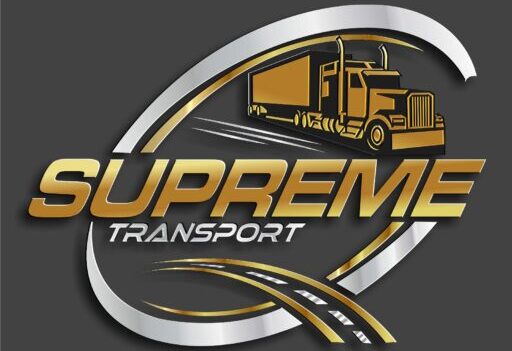Train Transportation
Train transportation, also known as rail transport or railway transportation, involves the movement of passengers and freight by trains along rail tracks and infrastructure. It is a widely used mode of transportation globally, offering efficient, reliable, and environmentally friendly mobility for both passengers and goods. Here are some key details about train transportation:
Passenger Trains: Passenger trains provide transportation services for commuters, travelers, and tourists, operating on various types of rail systems, including commuter rail, intercity rail, and high-speed rail. Passenger trains offer comfortable seating, amenities such as dining cars and onboard Wi-Fi, and the ability to travel long distances at high speeds.
Freight Trains: Freight trains transport goods, commodities, and materials between production facilities, distribution centers, ports, and markets. They are a vital component of the supply chain, hauling bulk cargo such as coal, grain, minerals, and manufactured goods. Freight trains are capable of carrying large volumes of cargo efficiently and economically, contributing to global trade and logistics.
Rail Infrastructure: Train transportation relies on a network of rail tracks, stations, terminals, and signaling systems that facilitate the movement of trains. Rail infrastructure includes mainline tracks, sidings, yards, switches, and bridges, as well as facilities for loading, unloading, and transferring cargo. Governments and rail authorities invest in the maintenance, expansion, and modernization of rail infrastructure to enhance capacity, efficiency, and safety.
High-Speed Rail: High-speed rail (HSR) systems operate specialized trains capable of traveling at speeds exceeding conventional rail services. HSR networks, found in countries such as Japan, China, France, and Germany, offer rapid intercity connections, reducing travel times and congestion on roadways and air routes. High-speed trains feature advanced technology, dedicated tracks, and streamlined operations for optimal performance and safety.
Environmental Benefits: Train transportation is considered one of the most environmentally friendly modes of transportation, producing lower greenhouse gas emissions and energy consumption compared to road and air transport. Electric trains powered by renewable energy sources, such as hydroelectric, wind, and solar power, further reduce their carbon footprint, making rail transport a sustainable mobility option.
Intermodal Connectivity: Train transportation integrates with other modes of transportation, such as trucks, ships, and airplanes, to provide seamless intermodal connectivity in the global supply chain. Intermodal terminals and logistics hubs facilitate the transfer of goods between trains and other modes of transport, optimizing freight movement and logistics operations.
Safety and Reliability: Safety is a top priority in train transportation, with stringent regulations, safety standards, and maintenance protocols aimed at preventing accidents and ensuring passenger and cargo safety. Rail operators invest in modern equipment, training programs, and safety technologies, such as positive train control (PTC) systems and automatic braking systems, to enhance operational safety and reliability.
Overall, train transportation is an essential mode of transportation that offers efficient, sustainable, and cost-effective mobility for passengers and freight. Its role in supporting economic development, trade, and connectivity makes it a vital component of the global transportation network.
